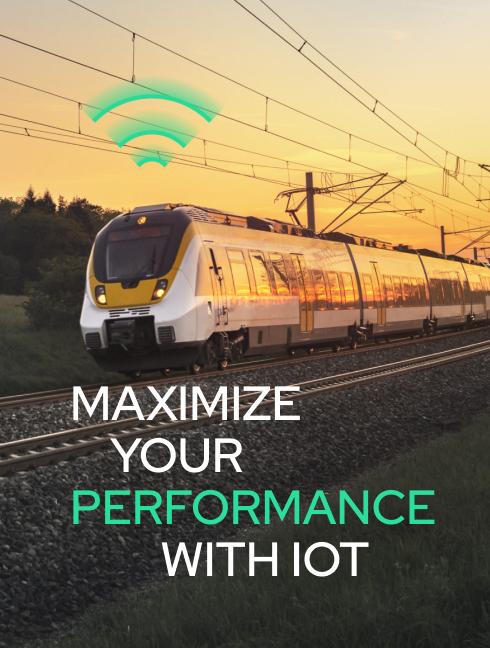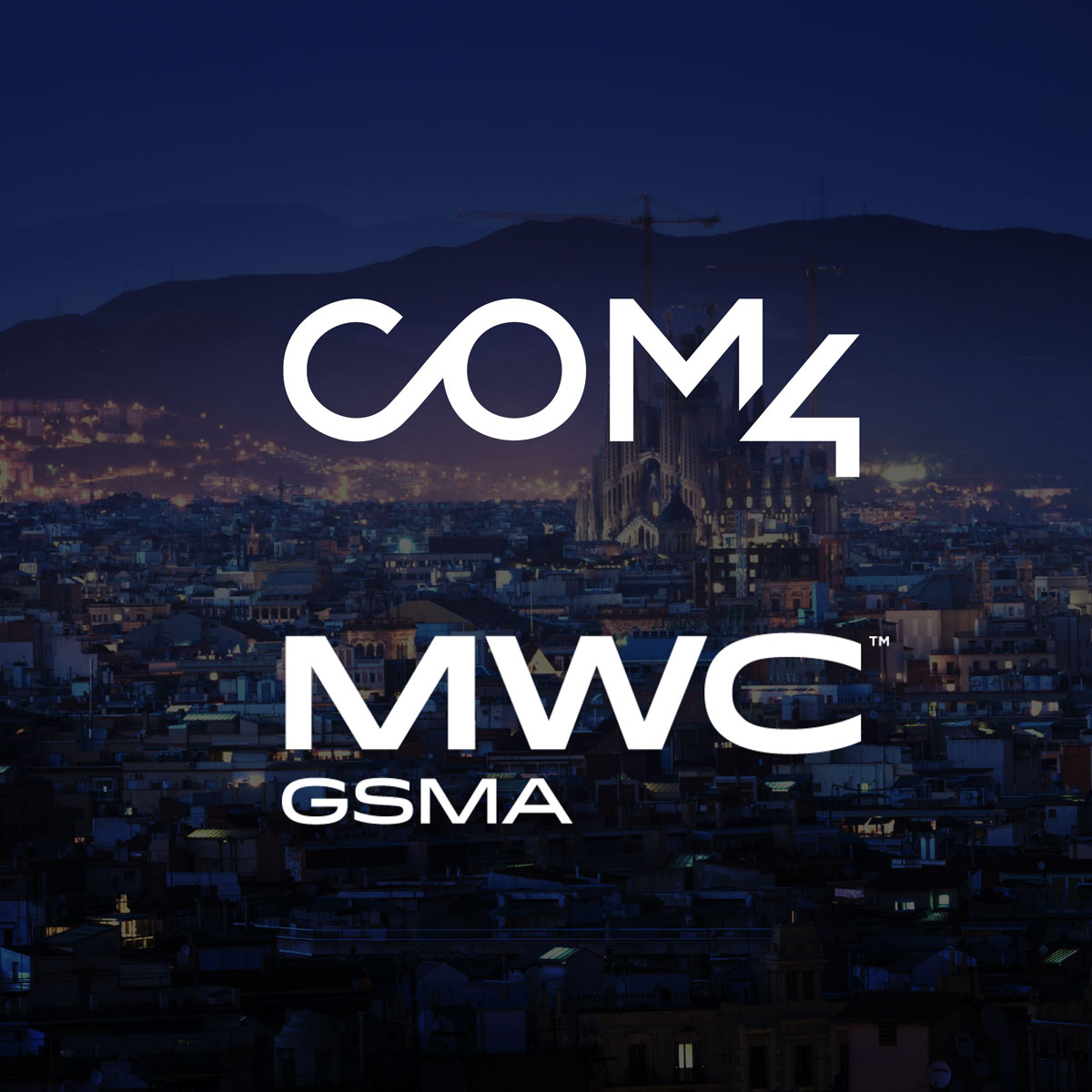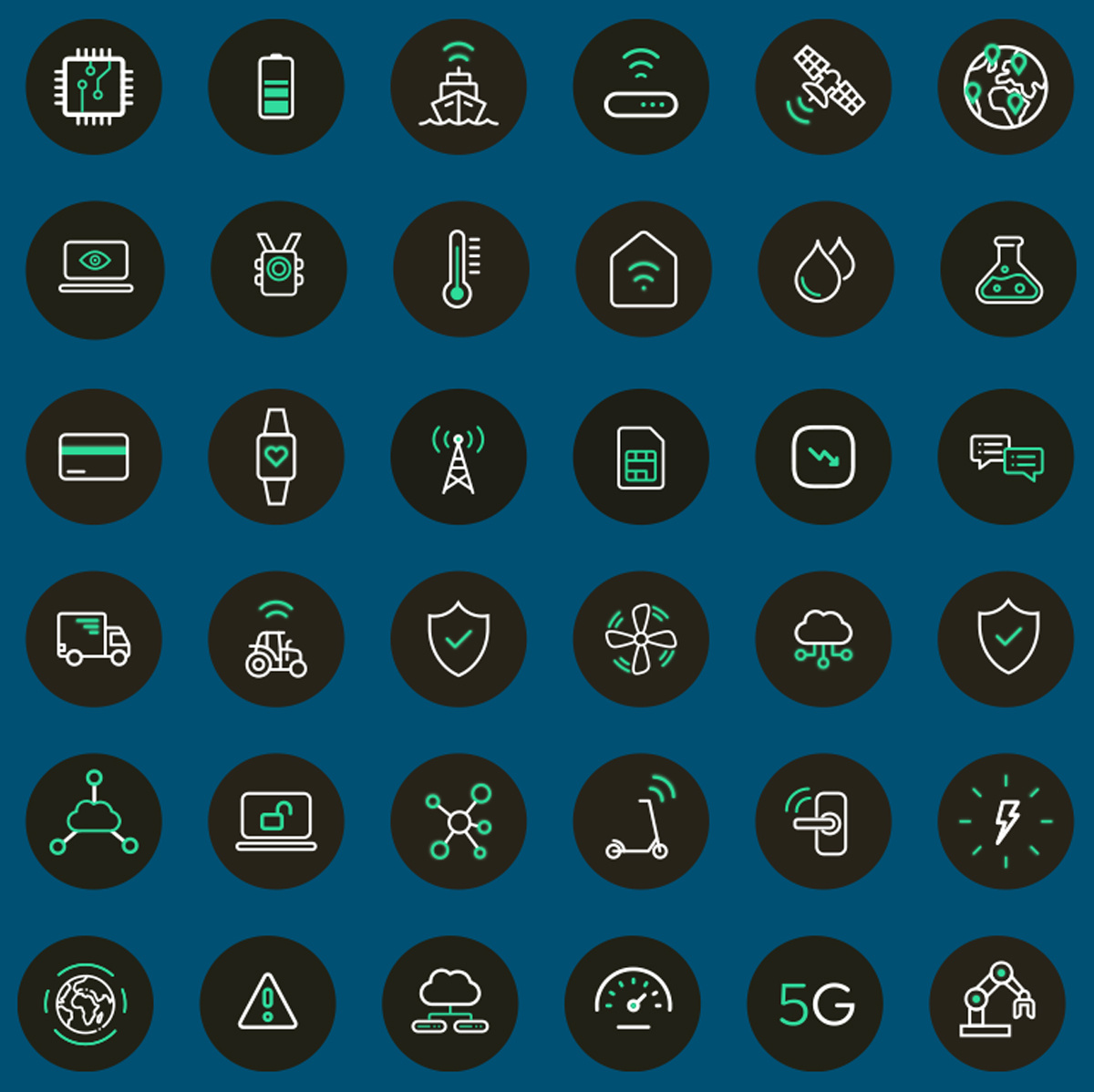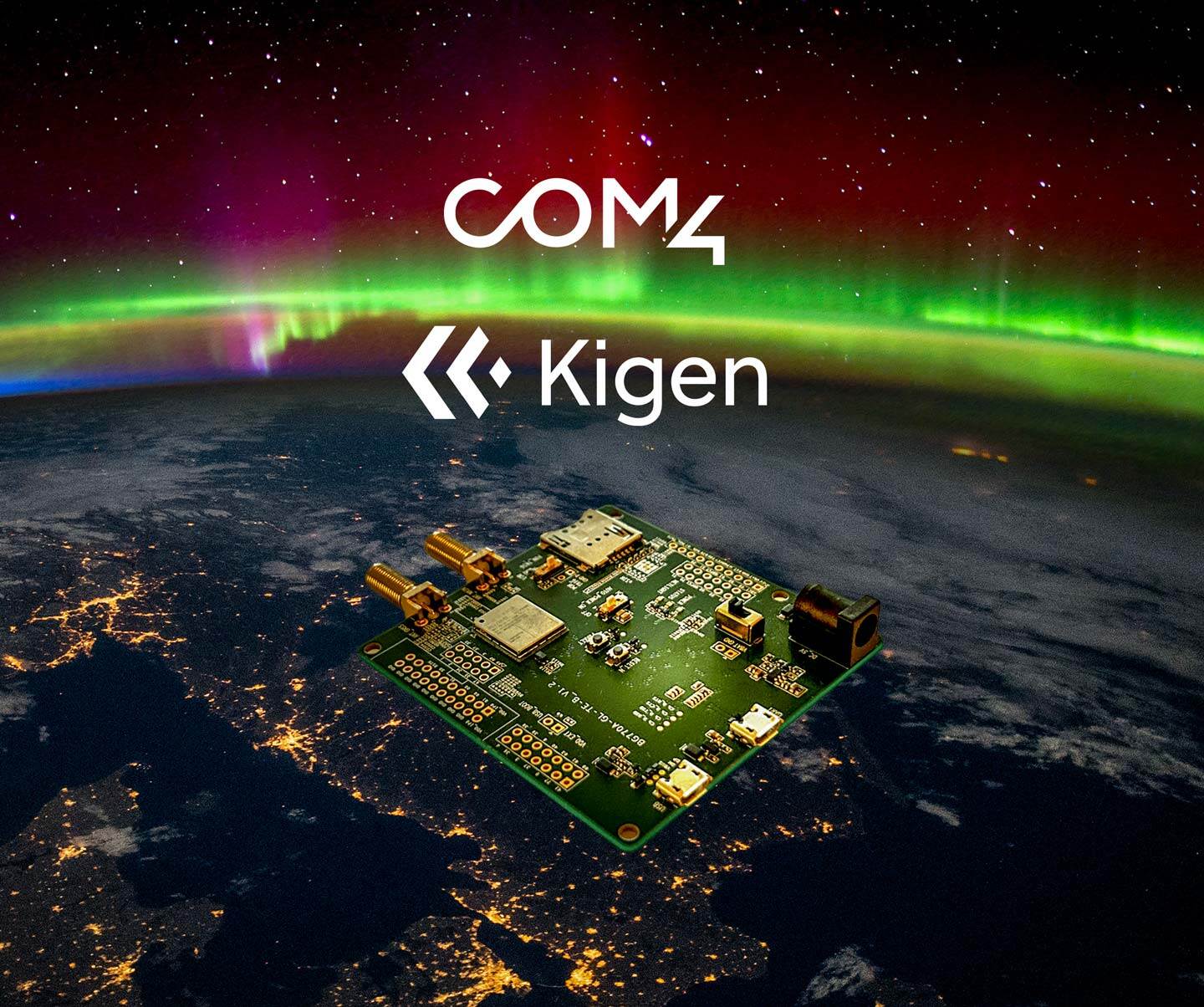Attending MWC25 on behalf of Com4 were Martin Nord (CTO, CPO), Awais Ahmed (Head of Mobile Core Network, Roaming & Wholesale), and Markus Grønstad (Head of IoT Solutions). Here are their key takeaways:
Satellite-Based NB-IoT: Expanding Coverage Beyond Cellular Networks
Satellite-based NB-IoT is no longer just a concept; it’s becoming commercially viable. With deployments expected within the next 12 months, the combination of Non-Terrestrial Networks (NTN) standards in new devices and an increasing number of Low Earth Orbit (LEO) satellites is opening up exciting possibilities. For industries relying on remote connectivity—such as smart metering, asset tracking, and environmental monitoring—this technology offers a reliable global fallback where traditional cellular networks fall short.

Unlocking IoT eSIM Potential with SGP.32: The New Standard in Remote SIM Management
The completion of IoT RSP / SGP.32 standard is a significant milestone for the industry, and it is clearly gaining momentum among players in the ecosystem. This new method of remote SIM profile swapping provides enterprises more flexibility and control over their SIM fleets.
This has several benefits, including optimizing network performance and reducing connectivity costs across geographies. “SGP.32 gives enterprises a level of control that simply wasn’t possible before,” says Markus.
The Rise of Integrated SIMs (iSIM) and nuSIMs
Integrated SIM technologies like iSIM and nuSIM are becoming increasingly important, especially for manufacturers operating at scale. These solutions support the development of smaller, more power-efficient devices without compromising security or interoperability. This is especially critical for battery-powered IoT devices used in smart cities, industrial automation, and healthcare.
Cloud-Native Mobile Core Networks: A Smarter Approach to IoT Connectivity
Cloud-native core networks are maturing fast. The integration of AI and GitOps automation into network operations enables more efficient, real-time network management and proactive troubleshooting.
“Cloud-native networks aren’t just scalable—they’re increasingly supporting enhanced automation for resilience and scalability, and we also see more intuitive user interfaces based on LLM; which may facilitate the operations and support, by opening up e.g. trouble-shooting to more user groups,” says Awais.
AI is Everywhere—Including at the Edge
AI’s presence at MWC25 was felt across industries, with Edge AI standing out as a major theme. For the IoT space, it enables real-time data processing and decision-making directly on the device—critical for low-power, latency-sensitive applications where sole reliance on centralized cloud infrastructure is impractical. “As an industry we need to find the optimal balance of processing between edge and core. This will depend on the application itself, connectivity properties as well as device constraints. The conclusion may e.g. be different between a new deployment and a case of retrofitting AI into an already deployed fleet of connected devices.”, says Martin.
Final Thoughts: The Future of IoT is Smart, Flexible, and Borderless
What emerged from MWC25 is a picture of an IoT landscape that is rapidly evolving—toward global coverage, dynamic connectivity, and highly automated networks. Satellite-based NB-IoT, SGP.32, integrated SIMs, AI-powered operations, and Edge computing will separately or in combination be valuable building blocks to enhance cost, quality and reach to connected solutions across all verticals.
With the development of 5G Advanced and the adoption of 5G RedCap for IoT devices, we can expect power-efficient, cost-optimised and premium IoT solutions.
Com4 remains committed to helping customers navigate this evolving landscape and help them succeed with their deployments.







